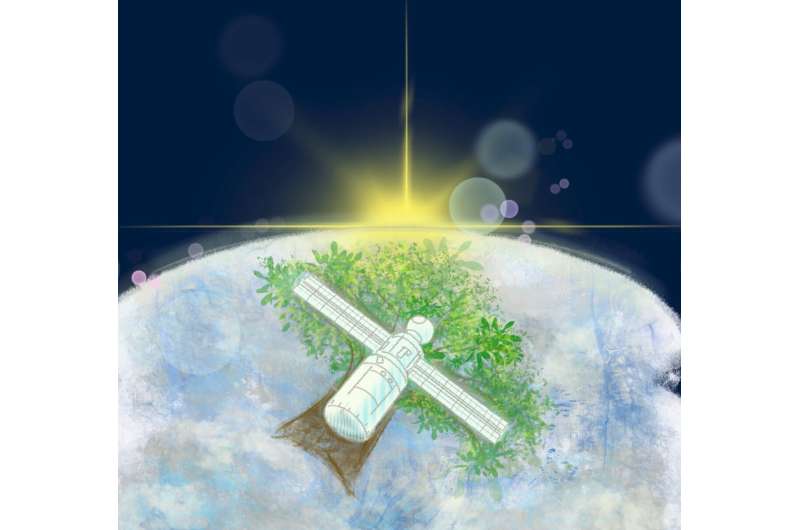This article has been reviewed according to Science X's editorial process and policies. Editors have highlighted the following attributes while ensuring the content's credibility:
fact-checked
trusted source
proofread
Space test shows magnolia may be best for wooden artificial satellite LignoSat

An international project led by Kyoto University tested and confirmed the high durability of space wood at the International Space Station—the ISS. The experiment results showed minimal deterioration and good stability of the samples selected for the wooden artificial satellite LignoSat.
The research group conducted a preliminary inspection involving strength tests and elemental and crystal structural analyses of the wood samples, retrieved from space by Astronaut Koichi Wakata and returned to Earth from the ISS on SpaceX CRS-26—a Commercial Resupply Service mission.
Despite the extreme environment of outer space involving significant temperature changes and exposure to intense cosmic rays and dangerous solar particles for ten months, tests confirmed no decomposition or deformations, such as cracking, warping, peeling, or surface damage.
Three wood specimens were tested and showed no deformation after space exposure. The experiment results also confirmed no mass change in each wood specimen before and after space exposure.
The research group has determined that LignoSat, scheduled to be jointly launched in 2024 by NASA and JAXA, will likely use the Magnolia wood—or "Hoonoki" in Japanese—for its ideal properties. The team decided on Magnolia's relatively high workability, dimensional stability and overall strength.
In April 2020, Kyoto University and Sumitomo Forestry jointly launched the LignoStella Space Wood Project. They conducted space exposure tests for over 290 days in 2022 on the Japanese Experiment Module Kibo of the ISS.
Ahead of the 2024 planned launch of a wooden artificial satellite, the research group is investigating the fundamental mechanism of nano-level material degradation. Their findings may lead to robust and high-functioning wood materials for new applications.
Provided by Kyoto University





















